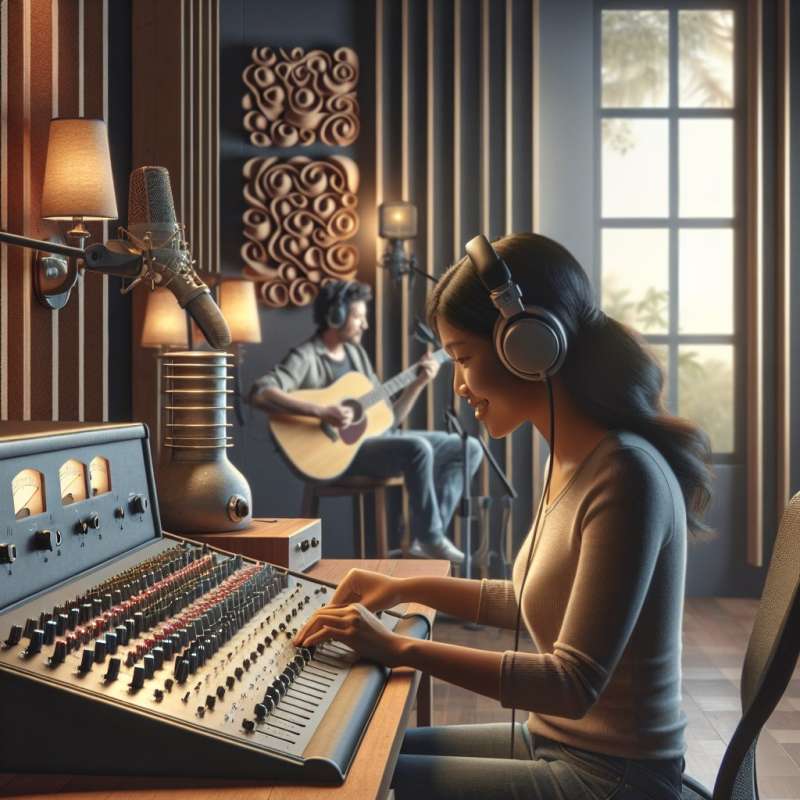
Understanding Audio Frequencies
Audio mixing begins with frequencies. Every sound has a frequency, measured in Hertz (Hz). Humans hear between 20Hz-20kHz. Assigning instruments their frequency 'space' avoids clashes and creates a clear mix.
The Art of EQ
Equalization is crucial for balancing frequencies. Subtractive EQ removes unwanted frequencies to reduce muddiness. Additive EQ enhances desired tones. Always EQ with purpose, and remember, less is often more.
Dynamics Control Techniques
Dynamics processors like compressors and limiters manage the loudness range. Compression reduces volume differences, ensuring audibility without peaks overpowering. Use makeup gain to restore overall level after compressing.
Spatial Positioning: Panning
Panning positions sounds within the stereo field. It's not just left or right; consider depth and distance. Use panning to mimic natural listening environments or create artistic effects.
Reverb for Depth Perception
Reverb can place sounds in virtual spaces, from tight rooms to vast halls. Different reverb types create specific atmospheres. Tailor reverb settings to the mix's context for a natural or surreal effect.
Delay: Rhythmic Complexity
Delay repeats sounds at set intervals, enriching the mix with rhythmic layers. Feedback controls the decay rate. Use tempo-synced delays to complement the song's rhythm subtly or to create distinct echoes.
Automation for Dynamic Mixing
Automation allows for real-time control changes during playback. Automate volume, pan, effects, and more for dynamic variations. This can highlight song sections or bring focus to specific elements.
What frequency range can humans hear?
10Hz to 10kHz
20Hz to 20kHz
30Hz to 15kHz
Company